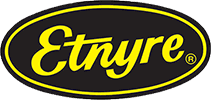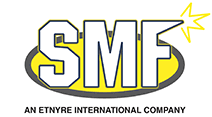Take the Leed to Sustainable Building
How to Score Leed Points

What is LEED?
The U.S. Green Building Council’s Leadership in Energy and Environmental Design (LEED) program is a rating system that gives buildings a score based on their sustainability. Since 2000, LEED has encouraged environmentally sustainable design and building practices by awarding buildings certifications based on their performance in various aspects of sustainability.
Buildings are awarded points according to their performance in five main areas:
- Sustainable sites
- Water efficiency
- Energy and atmosphere
- Materials and resources
- Indoor environmental quality
Based on their scores in these categories, buildings may be awarded one of four levels of certification:
- LEED Certification
- Leed Silver
- Leed Gold
- Leed Platinum
These certifications are intended to recognize architects and builders that prioritize sustainable designs and practices, as well as encourage others to follow their examples. The result, as intended by the LEED program, is a more energy-efficient and environmentally responsible construction industry.
How Does a Building Become LEED Certified?
Property owners interested in having their buildings LEED certified must go through the process established by the U.S. Green Building Council. Along with new construction, projects such as interior fit-outs for commercial space and retrofits of existing buildings also can be submitted for LEED certification.
Owners can begin the LEED certification process by registering on the U.S. Green Building Council’s website and paying a registration fee.
Once the project is registered, owners will establish a project team to shepherd the project through the certification process and ensure accuracy on the application. During this process, owners identify which credits they want to pursue and assign them to project team members. Team members submit data to earn credits in specific areas, and the Green Building Certification Institute reviews this data before making a decision. After the application is reviewed, the institute makes its final decision, which the property owner can either accept or appeal.
What Are Some Common Elements That Help LEED Scores?
Although the criteria for achieving LEED certification can vary based on the type of building and project, there are certain common elements of sustainable design that can reliably help a building’s LEED score. These include:
Water efficiency: Paying close attention to the amount of water a property uses can provide a significant boost to its LEED score. This often includes installing water-efficient plumbing fixtures such as low-flow toilets and motion-activated faucets.
Energy conservation: Reducing the amount of energy a building uses is another reliable means of improving its LEED score. Common ways to accomplish this include using energy-efficient lighting fixtures that use LED or CFL bulbs, programmable thermostats, and ENERGY STAR-rated appliances or equipment.
Sustainable materials: The use of sustainable building materials during construction is an effective way to improve a building’s LEED score. Common choices include bamboo in place of old-growth wood products, and pervious pavement that reduces rainwater
runoff. Perforated metal products also feature a number of recyclability properties.
Based on their scores in these categories, buildings
may be awarded one of four levels of certification:
Download Hendrick's free LEED Certification Guide now.









